13 Forgotten Ancient Sites That Are More Interesting Than The Pyramids
In the vast tapestry of human history, certain sites stand as enigmatic sentinels of our past, whispering secrets that have withstood the ravages of time. These 13 forgotten ancient sites, older than the pyramids, beckon us to embark on a mesmerizing quest to uncover the mysteries they hold. They are scattered across the globe, each with its unique story and significance. From the lush landscapes of South America to the arid deserts of the Middle East, these ancient locales challenge our understanding of history and push the boundaries of what we know about early human societies. As we embark on this quest, we aim to illuminate the stories of these forgotten places, piecing together fragments of a past that continues to shape our present. We will explore their histories, the mysteries they harbor, and the ongoing efforts to preserve and understand them.
1. Göbekli Tepe: The World's First Temple
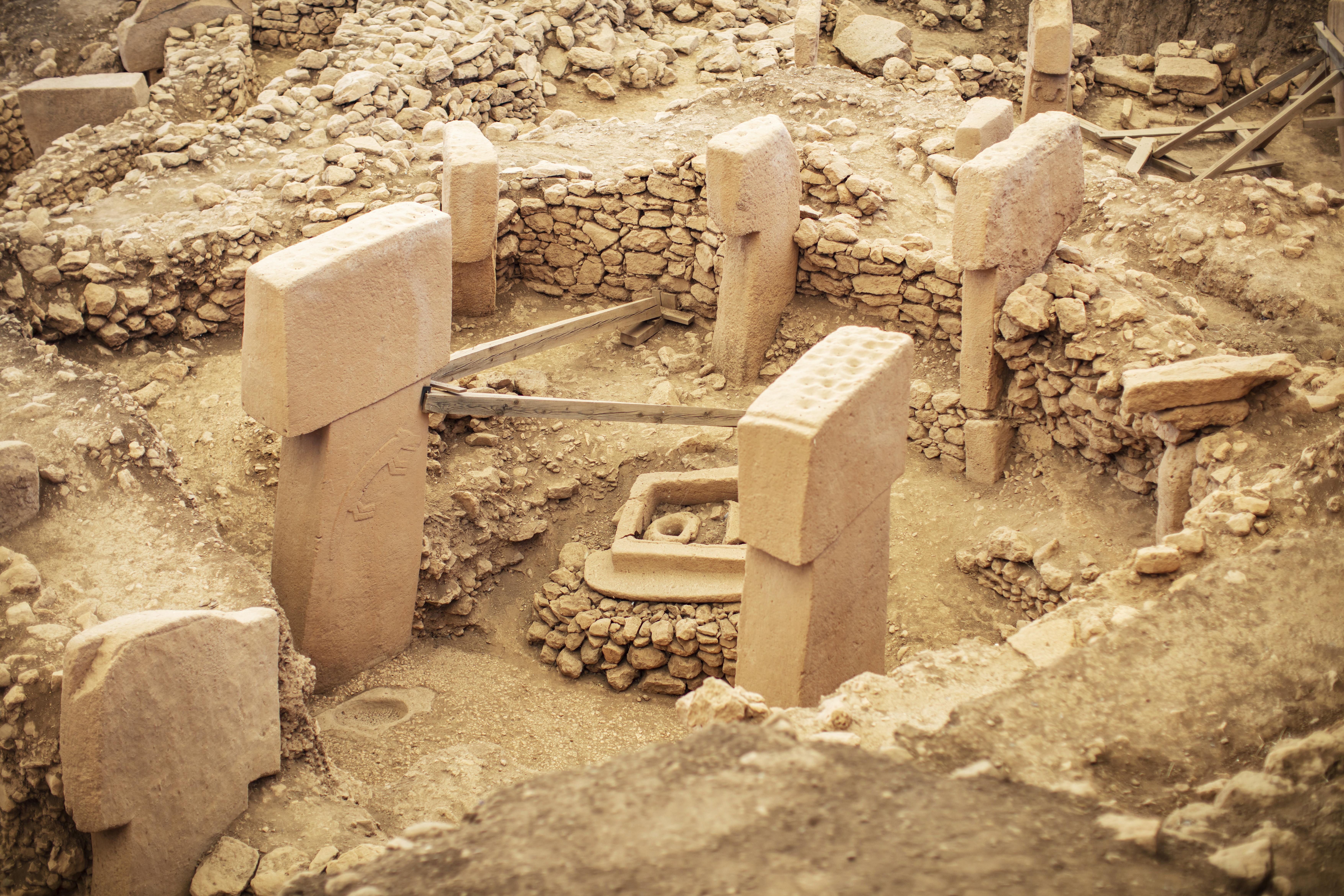
Nestled in the rolling hills of southeastern Turkey lies Göbekli Tepe, a site that has revolutionized our understanding of prehistoric societies. Discovered in the 1990s, this archaeological wonder is believed to be the world's oldest temple, dating back to the 10th millennium BCE. Its discovery challenged the conventional narrative of human development, suggesting that the construction of monumental architecture preceded the advent of agriculture and settled life. Göbekli Tepe is characterized by its massive stone pillars arranged in circular formations, adorned with intricate carvings of animals and abstract symbols. These carvings provide a glimpse into the spiritual and artistic expressions of a society that existed over 11,000 years ago. The sheer scale and sophistication of the site raise profound questions about the organizational capabilities and social structures of these early humans. Archaeologists continue to excavate and study Göbekli Tepe, revealing new insights into its purpose and significance. Some scholars propose that it served as a ceremonial center, a place where hunter-gatherer groups gathered for rituals and social gatherings. Others suggest it may have been a site of pilgrimage, attracting people from across the region. Whatever its purpose, Göbekli Tepe stands as a testament to the complexity and creativity of our ancient ancestors, offering a tantalizing glimpse into a world that predates written history.
2. Caral: The Cradle of Andean Civilization

In the arid valleys of Peru's Supe River, the ancient city of Caral emerges as one of the earliest known civilizations in the Americas. Dating back to around 2600 BCE, Caral is often referred to as the cradle of Andean civilization. Its discovery has provided invaluable insights into the development of complex societies in the New World, challenging previous assumptions about the origins of civilization in the Americas. Caral is renowned for its monumental architecture, including massive pyramidal structures, sunken plazas, and residential complexes. These constructions reflect a high degree of planning and social organization, indicative of a sophisticated society. The absence of defensive structures suggests that Caral was a peaceful city, thriving on trade and cultural exchange rather than warfare. The people of Caral were skilled in various crafts, including textiles and agriculture. They cultivated cotton and other crops, which likely supported a vibrant trade network. The city's strategic location facilitated interactions with other cultures along the coast and inland, contributing to its prosperity and influence. As archaeologists continue to uncover the secrets of Caral, they shed light on the remarkable achievements of this ancient civilization, offering a deeper understanding of the early development of complex societies in the Americas.
3. Çatalhöyük: A Neolithic Metropolis
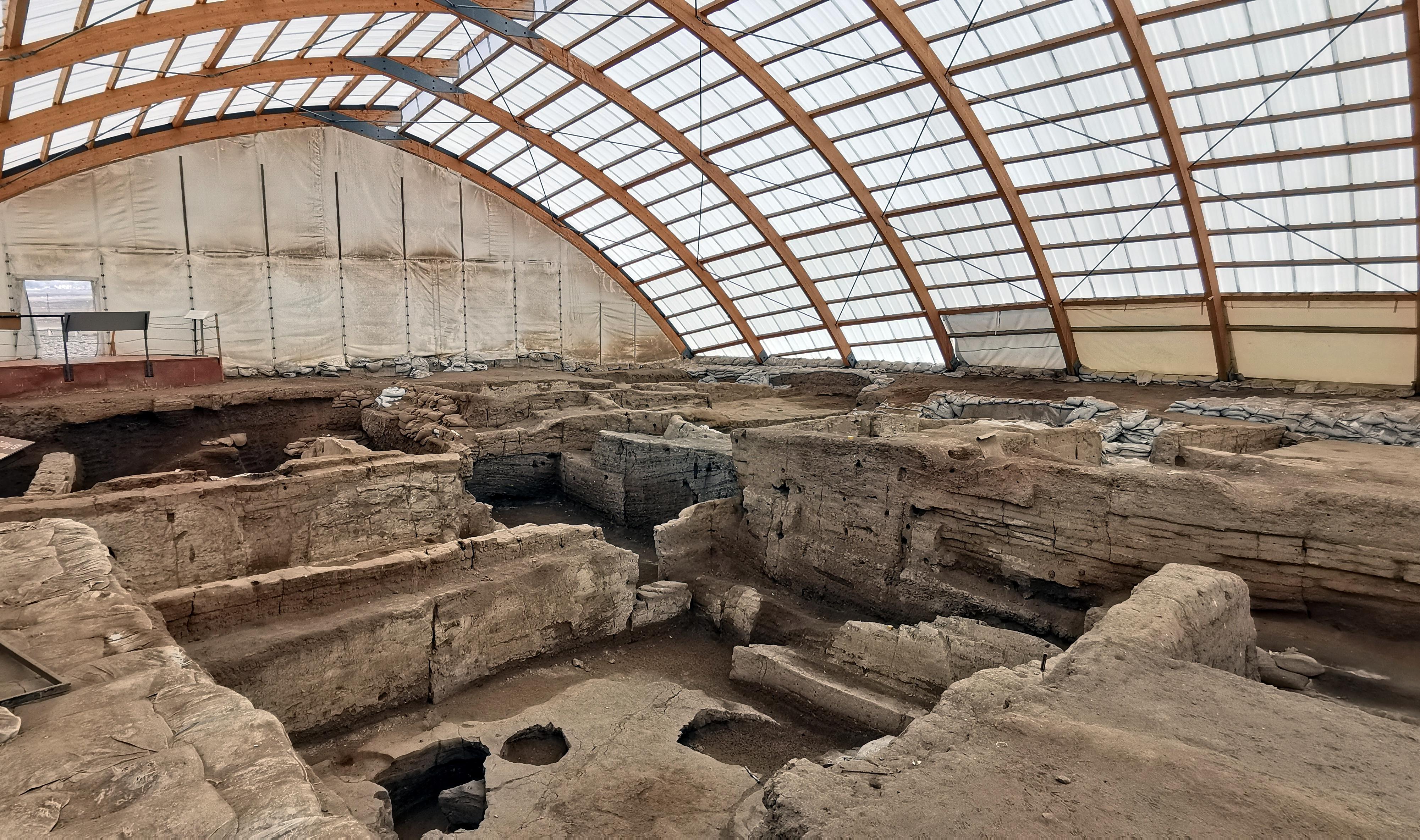
In the heart of Anatolia, modern-day Turkey, lies Çatalhöyük, a sprawling Neolithic settlement that offers a window into the lives of some of the world's earliest urban dwellers. Dating back to approximately 7500 BCE, Çatalhöyük is one of the best-preserved Neolithic sites, providing a wealth of information about early human societies and their transition from nomadic to settled lifestyles. Çatalhöyük is characterized by its densely packed mud-brick houses, which were built without streets or alleyways. Instead, residents accessed their homes through openings in the roof, using ladders to move between levels. This unique architectural style reflects the ingenuity and adaptability of its inhabitants, who created a thriving community in a challenging environment. The site is rich in art and symbolism, with numerous wall paintings, figurines, and burial practices offering insights into the spiritual and social life of its people. The presence of shrines and religious artifacts suggests a complex belief system centered around fertility and the cycles of nature. Çatalhöyük's inhabitants were skilled farmers and artisans, cultivating crops such as wheat and barley, and engaging in trade with neighboring regions. As archaeologists continue to study Çatalhöyük, they uncover new layers of its history, revealing the dynamic and interconnected nature of early human societies. The site serves as a testament to the resilience and creativity of our ancestors, offering valuable lessons about the development of urban life and the enduring quest for community and connection.
4. Mohenjo-Daro: The Indus Valley Enigma
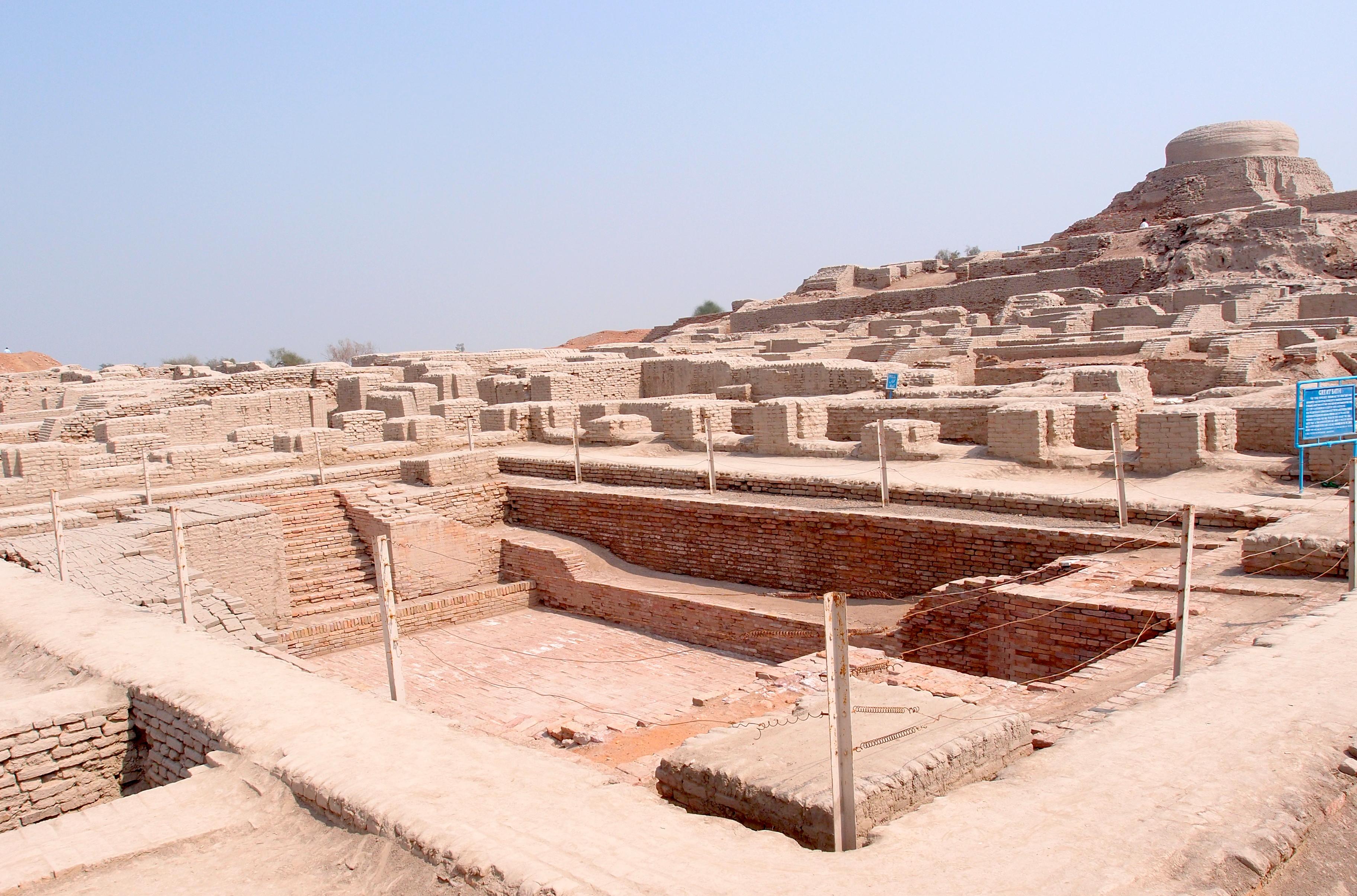
In the fertile plains of the Indus River, the ancient city of Mohenjo-Daro stands as a testament to the ingenuity and sophistication of the Indus Valley Civilization. Dating back to around 2500 BCE, Mohenjo-Daro is one of the largest and most advanced urban centers of its time, offering a glimpse into a civilization that rivaled those of Egypt and Mesopotamia. Mohenjo-Daro is renowned for its advanced urban planning, featuring a grid-like layout, sophisticated drainage systems, and impressive public buildings. The city's architecture reflects a high degree of social organization and technological prowess, with structures made from uniform baked bricks and carefully planned streets. The presence of granaries, baths, and marketplaces suggests a thriving economy and a complex social hierarchy. Despite its impressive achievements, much about Mohenjo-Daro remains shrouded in mystery. The city's script, known as the Indus script, has yet to be deciphered, leaving many questions about its language, culture, and governance unanswered. The reasons for the civilization's decline are also debated, with theories ranging from climate change to invasion. Ongoing excavations and research continue to shed light on Mohenjo-Daro, revealing the remarkable achievements of the Indus Valley Civilization. As we uncover more about this enigmatic city, we gain a deeper appreciation for the complexity and diversity of ancient societies and their enduring impact on the world.
5. Skara Brae: Europe’s Prehistoric Village

On the windswept Orkney Islands of Scotland lies Skara Brae, a remarkably well-preserved Neolithic village that offers a unique glimpse into prehistoric life in Europe. Dating back to around 3200 BCE, Skara Brae is often referred to as the "Scottish Pompeii" due to its exceptional state of preservation, providing invaluable insights into the daily lives of its inhabitants. Skara Brae consists of a cluster of stone-built houses, connected by covered passageways and equipped with built-in furniture such as beds, dressers, and storage units. The village's layout reflects a high degree of social organization and communal living, with shared spaces for cooking, crafting, and socializing. The inhabitants were skilled farmers and fishermen, relying on the rich resources of the surrounding land and sea to sustain their community. The site is also rich in artifacts, including pottery, tools, and jewelry, which offer insights into the artistic and cultural practices of its people. The absence of defensive structures suggests a peaceful existence, with a strong emphasis on cooperation and community. As archaeologists continue to study Skara Brae, they uncover new layers of its history, revealing the resilience and adaptability of its inhabitants in the face of challenging environmental conditions. Skara Brae stands as a testament to the ingenuity and resourcefulness of early European societies, offering valuable lessons about the development of complex communities and the enduring quest for connection and belonging.
6. The Hypogeum of Ħal-Saflieni: Malta’s Subterranean Sanctuary
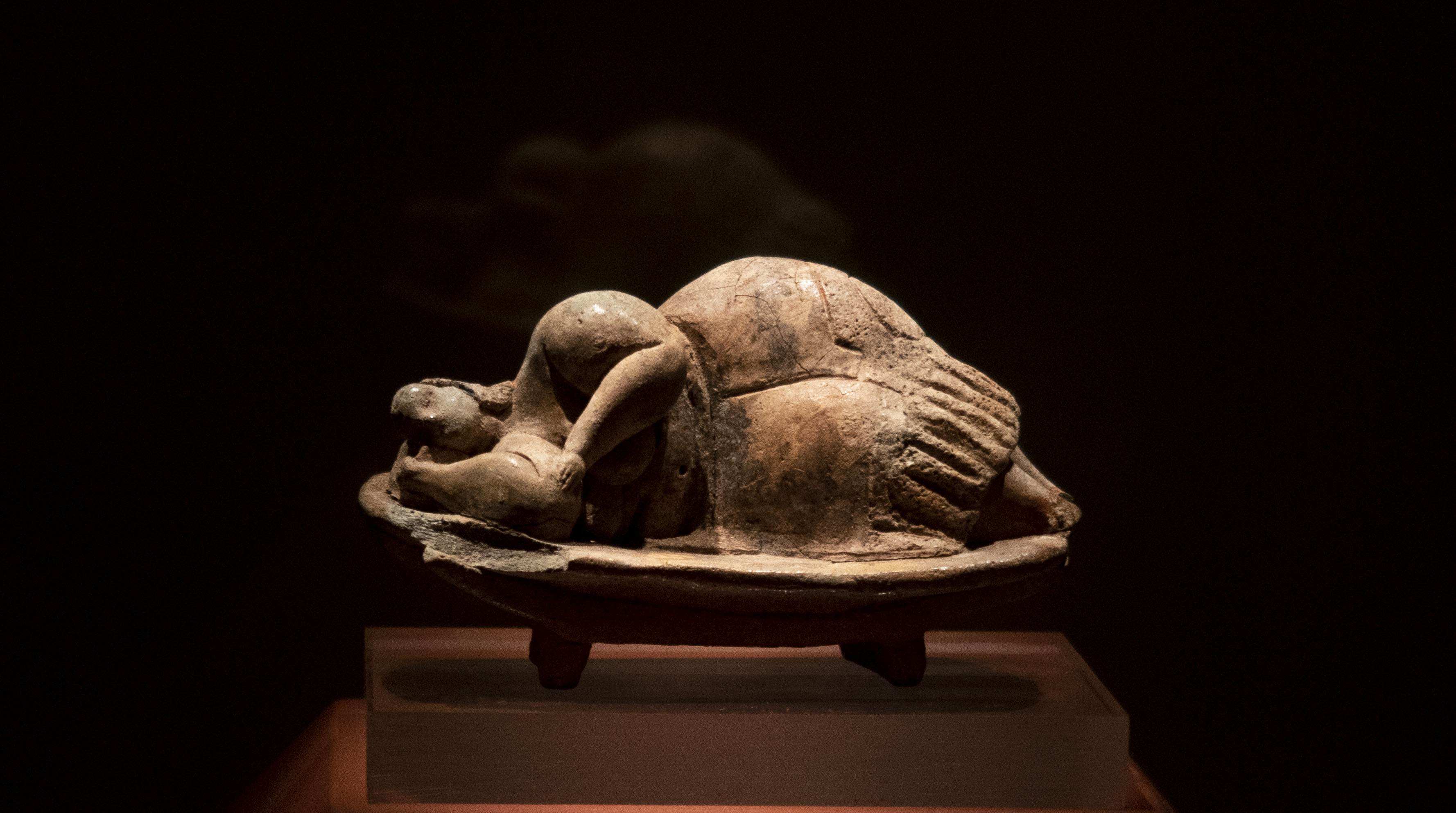
Beneath the bustling streets of modern-day Malta lies the Hypogeum of Ħal-Saflieni, a subterranean sanctuary that offers a glimpse into the spiritual and ritual practices of Malta’s prehistoric inhabitants. Dating back to around 4000 BCE, the Hypogeum is one of the most remarkable examples of ancient underground architecture, reflecting the ingenuity and craftsmanship of its builders. The Hypogeum consists of a series of chambers and passageways carved into the limestone bedrock, adorned with intricate carvings and red ochre paintings. These spaces were used for a variety of purposes, including burials, rituals, and possibly as an oracle or place of worship. The site’s acoustics are particularly noteworthy, with certain chambers designed to amplify sound, suggesting a sophisticated understanding of acoustics and its role in ritual practices. The discovery of numerous human remains and artifacts, such as pottery, figurines, and tools, provides valuable insights into the beliefs and customs of Malta’s ancient inhabitants. The presence of the "Sleeping Lady" figurine, a masterpiece of prehistoric art, suggests a focus on fertility and the cycles of life and death. As archaeologists continue to study the Hypogeum, they unravel the mysteries of this subterranean sanctuary, offering a deeper understanding of the spiritual and cultural practices of Malta’s prehistoric societies. The site stands as a testament to the creativity and complexity of early human societies, inviting us to explore the depths of our shared heritage.
7. The Megalithic Temples of Malta: Architectural Marvels

Scattered across the Maltese archipelago are a series of megalithic temples that stand as some of the oldest free-standing structures in the world. Dating back to between 3600 and 2500 BCE, these temples are architectural marvels, reflecting the ingenuity and craftsmanship of Malta’s prehistoric builders. Their discovery has provided valuable insights into the religious and social practices of ancient Maltese societies, challenging our understanding of early human development. The temples are characterized by their massive stone blocks, intricately carved altars, and unique architectural features, such as curved walls and corbelled roofs. Each temple is oriented in alignment with celestial events, suggesting a sophisticated understanding of astronomy and its role in religious practices. The presence of altars, hearths, and ritual objects indicates that these spaces were used for a variety of ceremonial purposes, including offerings, feasting, and possibly oracular consultations. The construction of these temples required a high degree of social organization and cooperation, reflecting a complex society with shared beliefs and values. The presence of artistic motifs, such as spirals, animals, and human figures, suggests a rich symbolic language that communicated cultural and spiritual ideas. As archaeologists continue to study these megalithic temples, they uncover new layers of meaning and significance, offering a deeper understanding of the beliefs and practices of Malta’s ancient inhabitants. The temples stand as a testament to the creativity and resilience of early human societies, inviting us to marvel at the wonders of our shared heritage.
8. Nabta Playa: The Astronomical Stone Circle
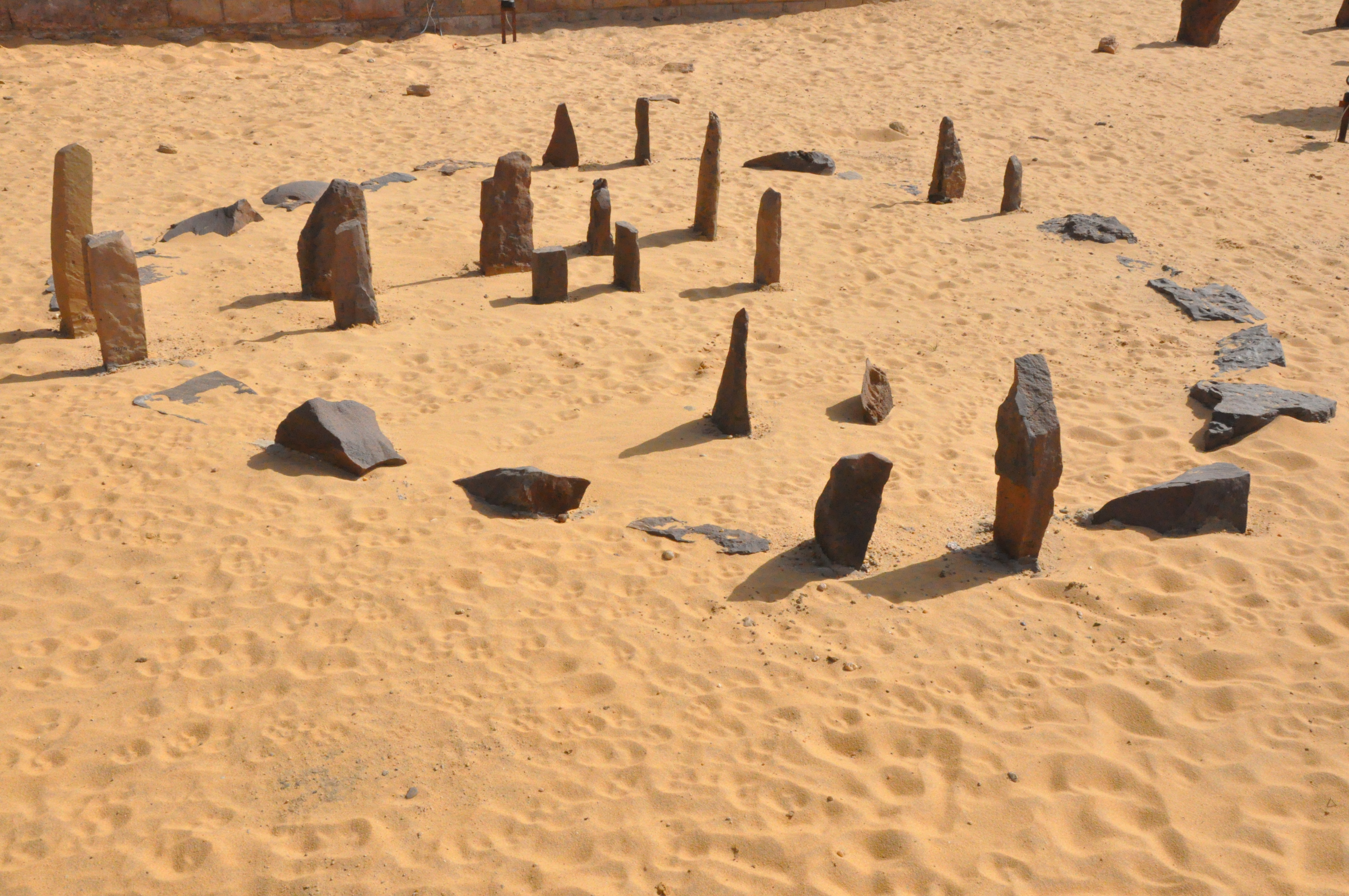
In the arid expanse of the Nubian Desert, near the Egyptian-Sudanese border, lies Nabta Playa, an ancient stone circle that predates Stonehenge by a millennium. Dating back to around 5000 BCE, Nabta Playa is one of the earliest known examples of an astronomical alignment, offering a glimpse into the sophisticated understanding of celestial phenomena by prehistoric societies. Nabta Playa consists of a series of stone circles, alignments, and tumuli, arranged in a pattern that reflects the positions of the sun and stars at specific times of the year. This alignment suggests that the site was used as a calendar, allowing its builders to track the changing seasons and plan agricultural activities. The presence of ceremonial structures and artifacts, such as pottery, tools, and animal bones, indicates that Nabta Playa was also a site of ritual and social gatherings. The discovery of Nabta Playa has challenged previous assumptions about the development of astronomical knowledge in ancient societies, suggesting that early humans had a sophisticated understanding of the cosmos and its role in their daily lives. The site’s location, in a region that was once a fertile savannah, highlights the adaptability and resilience of its inhabitants, who thrived in a challenging environment. As archaeologists continue to study Nabta Playa, they uncover new insights into the beliefs and practices of its builders, offering a deeper understanding of the complex relationship between humans and the natural world. The site stands as a testament to the ingenuity and creativity of early human societies, inviting us to explore the mysteries of our shared past.
9. Poverty Point: America’s Ancient Earthworks

In the lush landscapes of northeastern Louisiana, the ancient site of Poverty Point emerges as one of the most remarkable examples of prehistoric earthworks in North America. Dating back to around 1700 BCE, Poverty Point is characterized by its massive earthen mounds and concentric ridges, reflecting a high degree of social organization and engineering prowess. Poverty Point consists of a series of mounds, ridges, and plazas, arranged in a pattern that suggests a complex social and ceremonial center. The largest mound, known as Mound A, stands over 70 feet tall and covers an area of nearly 50 acres, making it one of the largest earthen structures in the Americas. The site’s layout reflects a sophisticated understanding of geometry and spatial planning, indicative of a complex society with shared beliefs and values. The people of Poverty Point were skilled artisans and traders, engaging in long-distance trade networks that extended across the continent. The discovery of artifacts such as pottery, tools, and jewelry made from materials sourced from distant regions highlights the site’s role as a hub of cultural exchange and interaction. As archaeologists continue to study Poverty Point, they uncover new insights into the beliefs and practices of its inhabitants, offering a deeper understanding of the development of complex societies in ancient North America. The site stands as a testament to the ingenuity and creativity of early human societies, inviting us to marvel at the wonders of our shared heritage.
10. The Stone Spheres of Costa Rica: Enigmatic Artifacts
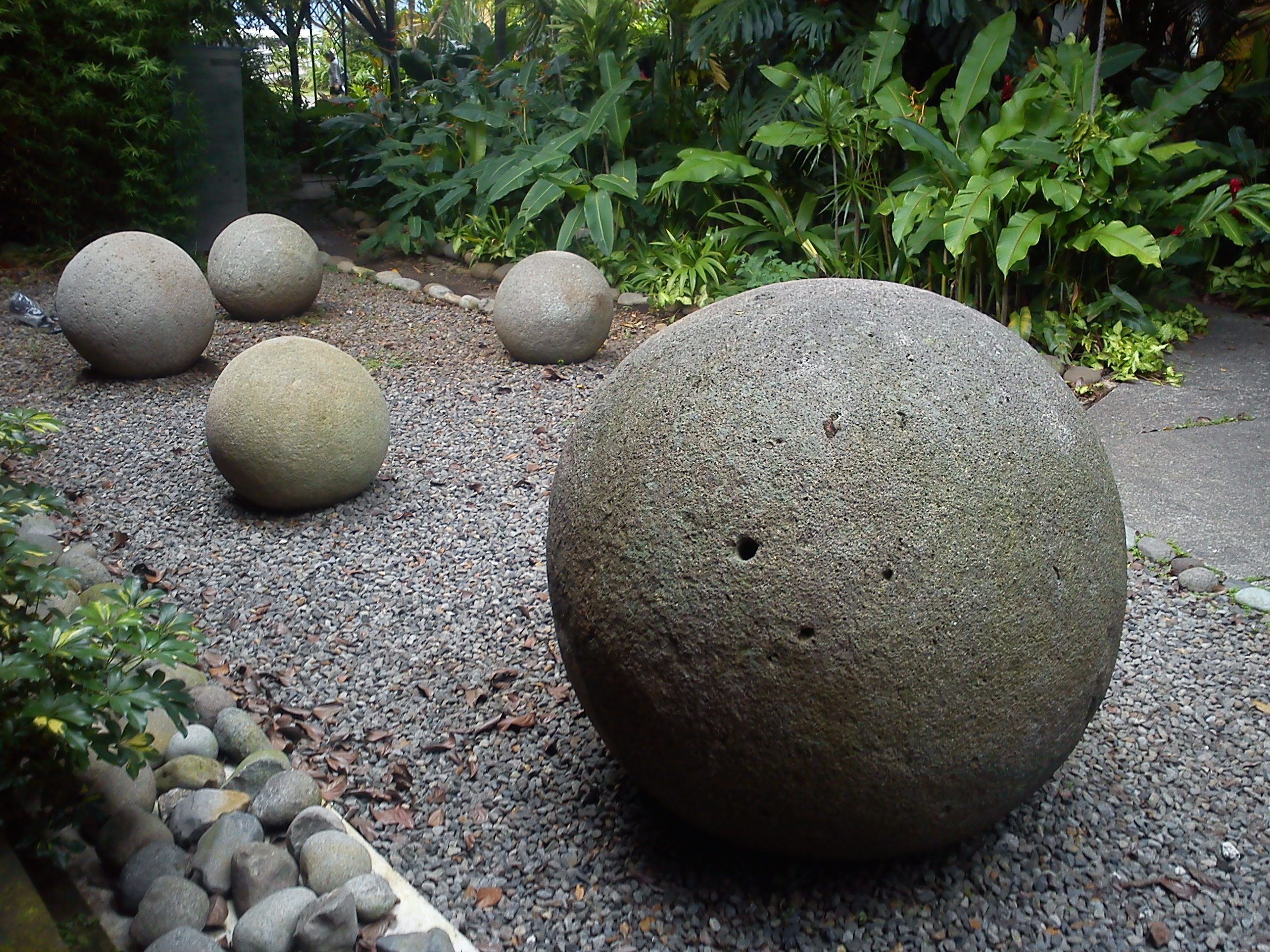
Scattered across the lush landscapes of Costa Rica’s Diquís Delta are hundreds of perfectly crafted stone spheres, enigmatic artifacts that have puzzled archaeologists and historians for decades. Dating back to between 600 and 1000 CE, these spheres are among the most mysterious and intriguing objects of the pre-Columbian world, offering a glimpse into the artistic and cultural practices of ancient Costa Rican societies. The stone spheres vary in size, with some measuring over two meters in diameter and weighing several tons. They are made from a variety of materials, including granite, limestone, and sandstone, and are characterized by their near-perfect spherical shape. The precision and craftsmanship required to create these spheres suggest a high degree of skill and artistry, reflecting the ingenuity and creativity of their makers. The purpose and significance of the stone spheres remain a subject of debate and speculation. Some scholars propose that they were used as markers for astronomical or ceremonial purposes, while others suggest they may have been symbols of power and prestige. The absence of written records or definitive archaeological evidence leaves many questions about their origins and meaning unanswered. As researchers continue to study the stone spheres, they uncover new insights into the beliefs and practices of ancient Costa Rican societies, offering a deeper understanding of the complex cultural landscape of pre-Columbian Central America. The spheres stand as a testament to the creativity and ingenuity of early human societies, inviting us to explore the mysteries of our shared past.
11. The Submerged Ruins of Yonaguni: Japan’s Underwater Enigma
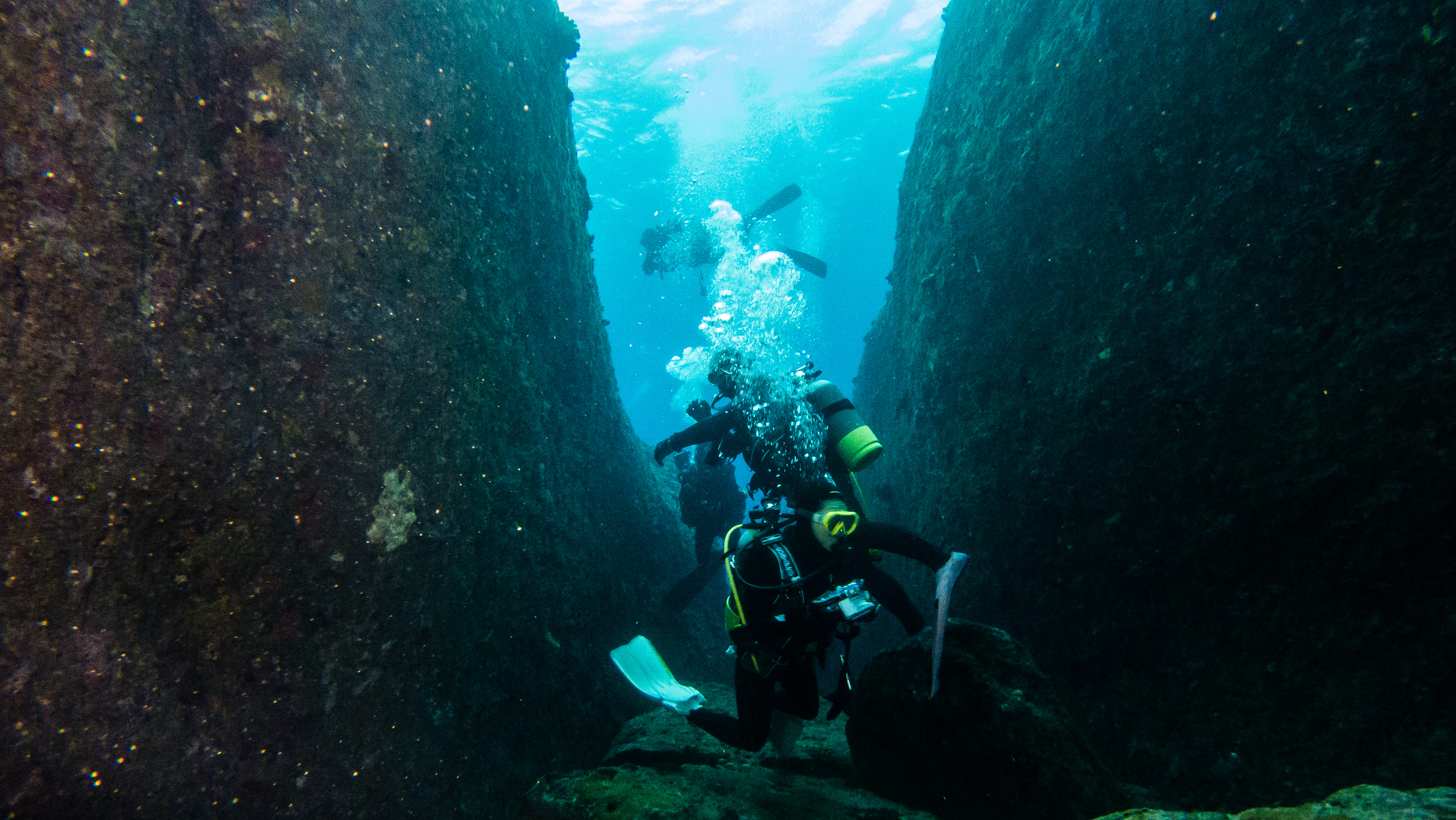
Off the coast of Yonaguni Island in Japan, beneath the azure waters of the Pacific Ocean, lies a mysterious underwater structure that has captivated the imagination of archaeologists and explorers alike. Known as the Yonaguni Monument, this submerged site has sparked debate and intrigue since its discovery in the 1980s, offering a tantalizing glimpse into a possible ancient civilization that once thrived in the region. The Yonaguni Monument consists of a series of terraces, steps, and platforms carved into the bedrock, resembling a massive stone pyramid or ziggurat. The precise angles and geometric shapes of the structure suggest a high degree of craftsmanship and architectural planning, indicative of a complex society with advanced engineering skills. Some researchers propose that the monument may be the remnants of an ancient city or temple, submerged by rising sea levels at the end of the last Ice Age. The origins and purpose of the Yonaguni Monument remain a subject of debate and speculation. While some scholars argue that the structure is a natural formation, shaped by geological processes, others contend that it is a man-made creation, evidence of a lost civilization that predates recorded history. The presence of artifacts, such as pottery and stone tools, in the surrounding area adds to the mystery and intrigue of the site. As researchers continue to explore the Yonaguni Monument, they uncover new insights into the history and development of the region, offering a deeper understanding of the complex interplay between humans and their environment. The site stands as a testament to the enduring allure of the unknown, inviting us to explore the mysteries of our shared past and the possibilities of undiscovered civilizations.
12. Tiahuanaco: The Andean Stone City
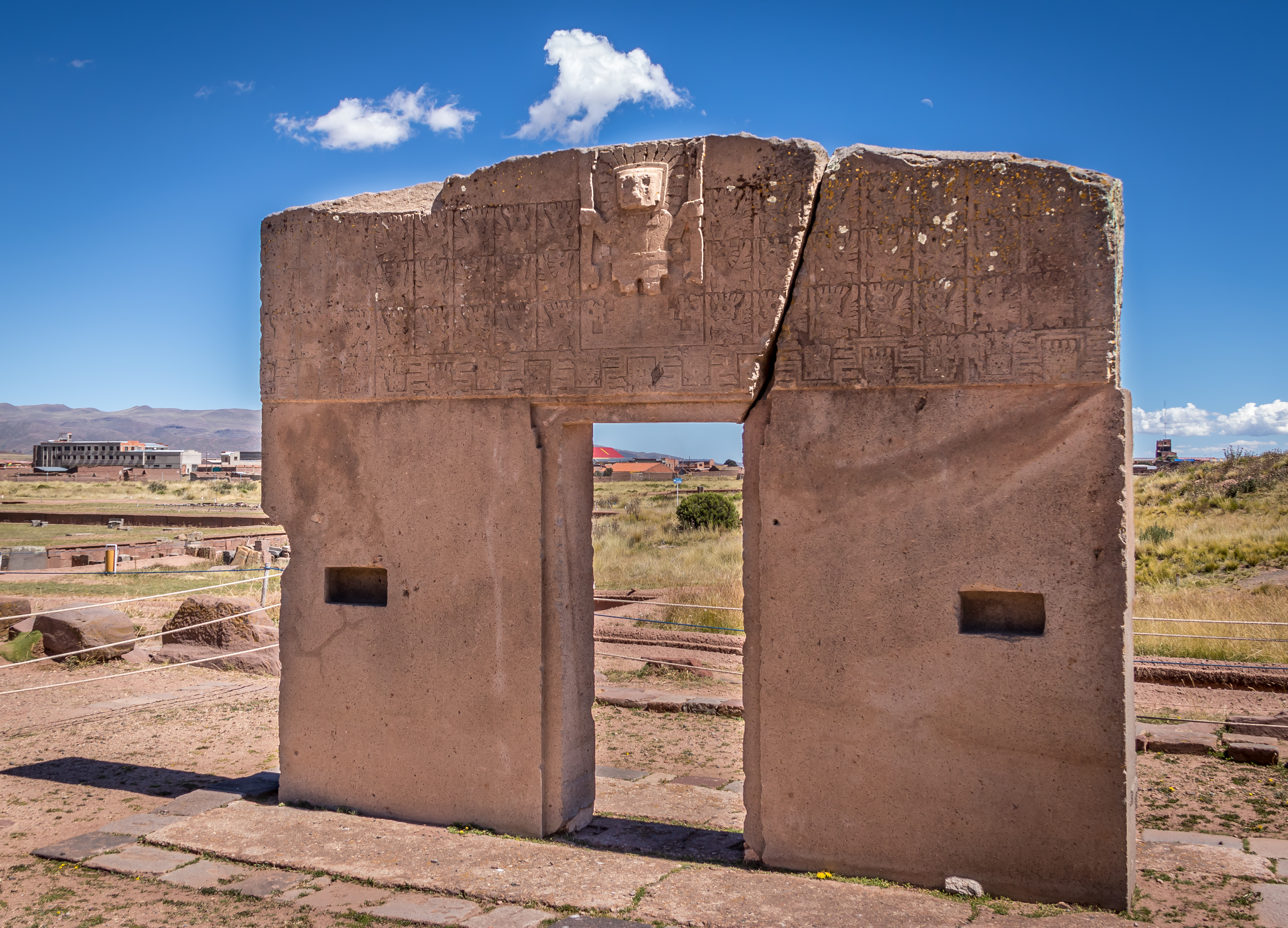
High in the Andean plateau of Bolivia lies Tiahuanaco, an ancient stone city that stands as one of the most enigmatic and impressive archaeological sites in South America. Dating back to around 1500 BCE, Tiahuanaco is characterized by its monumental architecture, intricate stone carvings, and advanced engineering, reflecting the ingenuity and sophistication of its builders. Tiahuanaco is renowned for its massive stone structures, including the iconic Gateway of the Sun, a monolithic archway adorned with intricate carvings of deities and celestial symbols. The city’s layout reflects a sophisticated understanding of geometry and astronomy, with many structures aligned to celestial events such as solstices and equinoxes. The precision and craftsmanship required to create these structures suggest a highly organized society with advanced engineering skills. The people of Tiahuanaco were skilled artisans and traders, engaging in long-distance trade networks that extended across the Andes and beyond. The discovery of artifacts such as pottery, textiles, and metalwork highlights the city’s role as a hub of cultural exchange and interaction, contributing to its prosperity and influence. As archaeologists continue to study Tiahuanaco, they uncover new insights into the beliefs and practices of its inhabitants, offering a deeper understanding of the development of complex societies in ancient South America. The site stands as a testament to the creativity and resilience of early human societies, inviting us to marvel at the wonders of our shared heritage.
13. The Lost City of Ubar: Arabia’s Atlantis
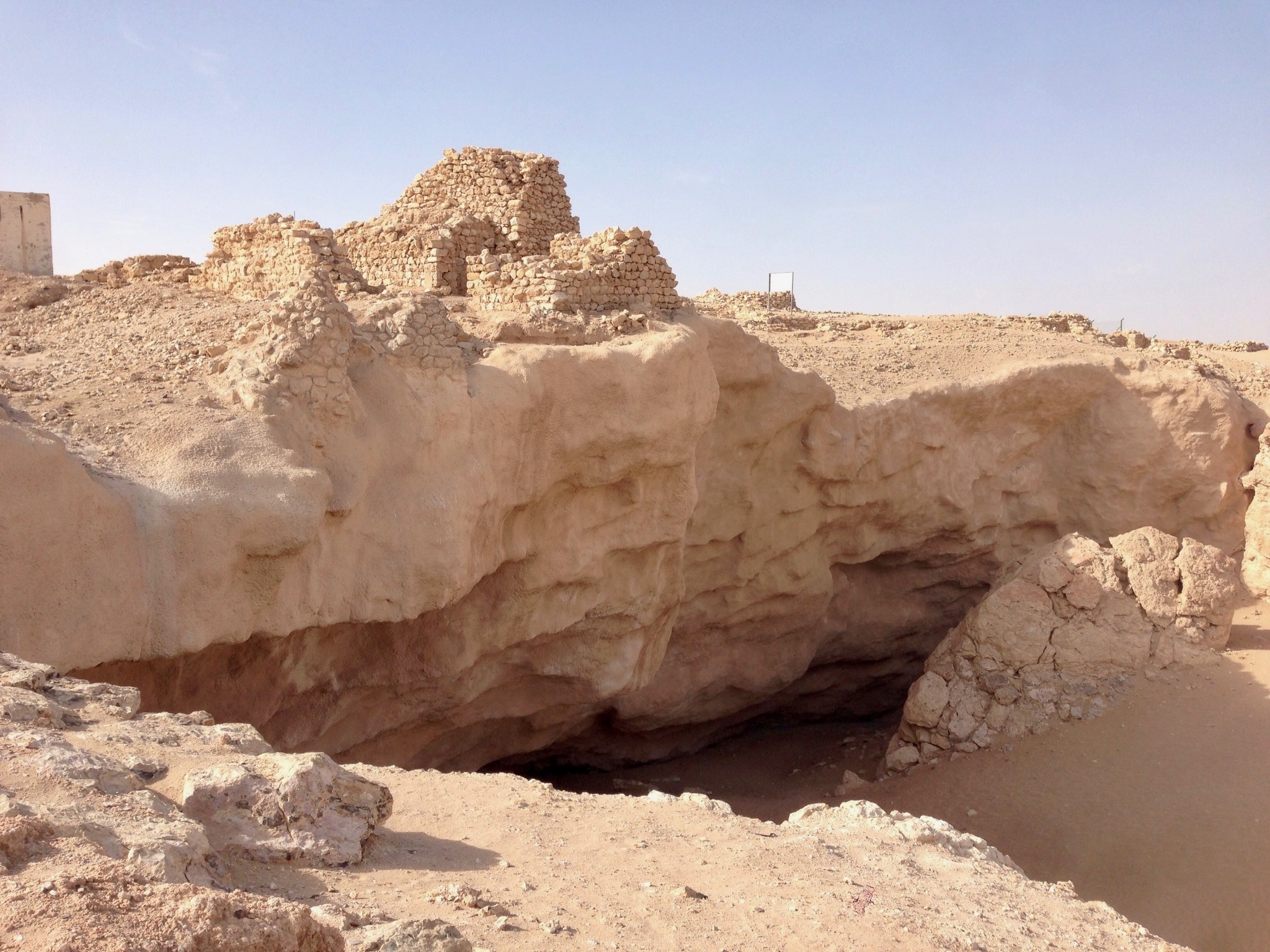
In the shifting sands of the Arabian Peninsula lies the lost city of Ubar, a legendary oasis that has captivated the imagination of explorers and historians for centuries. Often referred to as "Arabia’s Atlantis," Ubar is believed to have been a thriving center of trade and culture, connecting the ancient world through the lucrative incense trade. The city’s location and existence were long shrouded in mystery, with references to Ubar found in ancient texts and folklore. It was not until the late 20th century that researchers, using satellite imagery and archaeological evidence, identified the site of Ubar in the Rub' al Khali desert. The discovery of ancient ruins, including fortifications, wells, and artifacts, offered tantalizing clues about the city’s history and significance. Ubar is believed to have been a major hub of the incense trade, facilitating the exchange of goods and ideas between Arabia, Africa, and the Mediterranean. The city’s prosperity and influence were likely tied to its strategic location along trade routes, attracting merchants and travelers from across the region. The decline of Ubar remains a subject of speculation, with theories ranging from environmental changes to economic shifts. As archaeologists continue to study the site, they uncover new insights into the history and development of the Arabian Peninsula, offering a deeper understanding of the complex interplay between humans and their environment. The lost city of Ubar stands as a testament to the enduring allure of exploration and discovery, inviting us to unravel the mysteries of our shared past.
The Enduring Legacy of Forgotten Sites
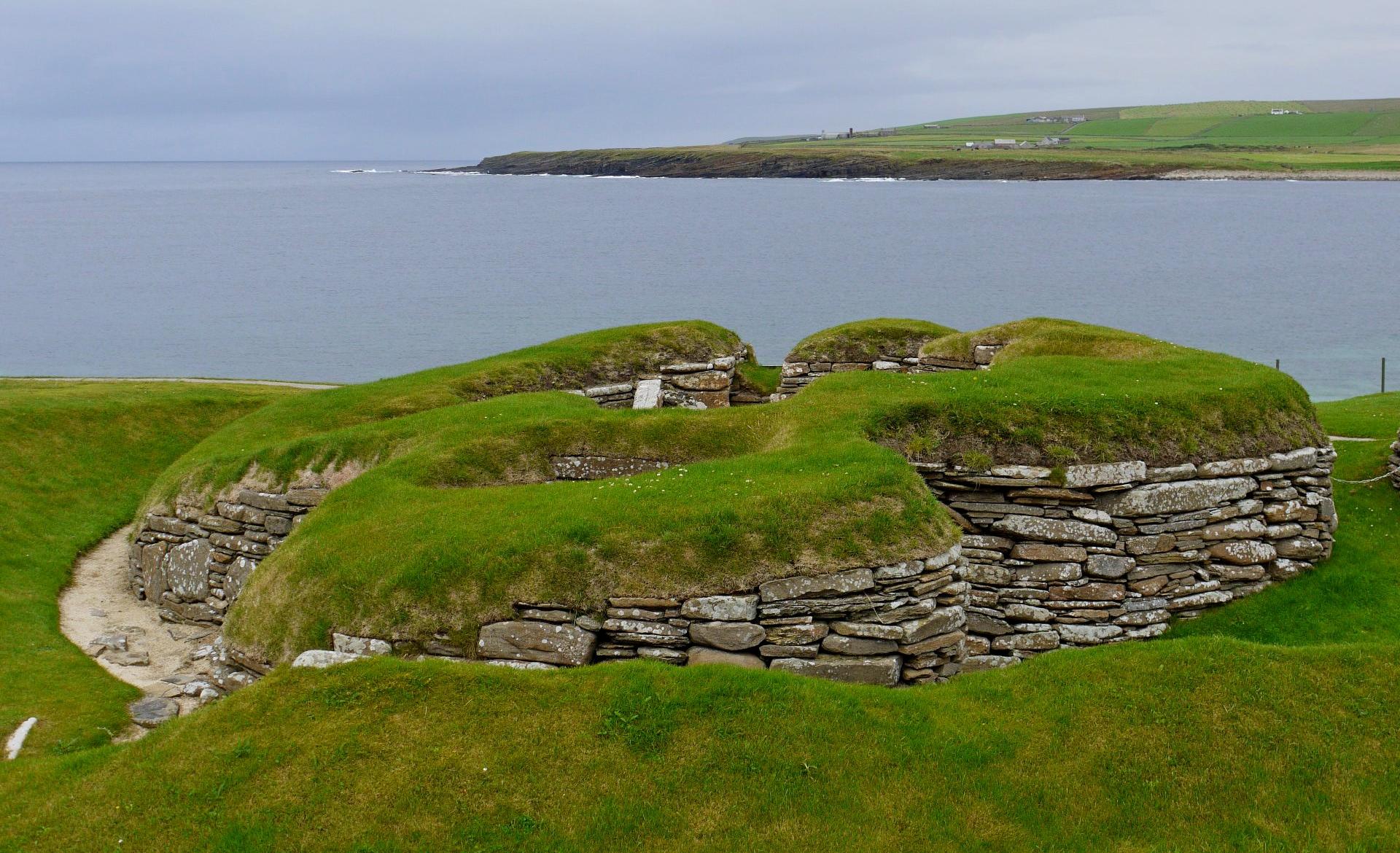
As we conclude our mesmerizing quest through these 13 forgotten ancient sites, we are left with a profound appreciation for the ingenuity and creativity of our ancestors. These sites, older than the pyramids, offer a glimpse into the complexity and diversity of early human societies, challenging our understanding of history and pushing the boundaries of what we know about the dawn of civilization. Each site, with its unique story and significance, contributes to a richer understanding of our shared heritage, illuminating the achievements and struggles of the people who came before us. From the architectural marvels of Göbekli Tepe and Tiahuanaco to the enigmatic artifacts of Costa Rica and Yonaguni, these ancient wonders invite us to explore the mysteries of our past and the possibilities of undiscovered civilizations. The ongoing efforts to study and preserve these sites are a testament to the enduring human spirit, a celebration of our shared history, and an invitation to marvel at the wonders of a bygone era. As we continue to uncover the secrets of these ancient sites, we are reminded of the importance of preserving our cultural heritage and the lessons it holds for future generations. Our journey through these forgotten sites is not just an exploration of stone and earth, but a voyage into the very essence of human ingenuity and cultural evolution. It is a reminder of the enduring quest for knowledge and understanding, a celebration of the wonders of our shared past, and an invitation to embark on new quests of discovery and exploration.








